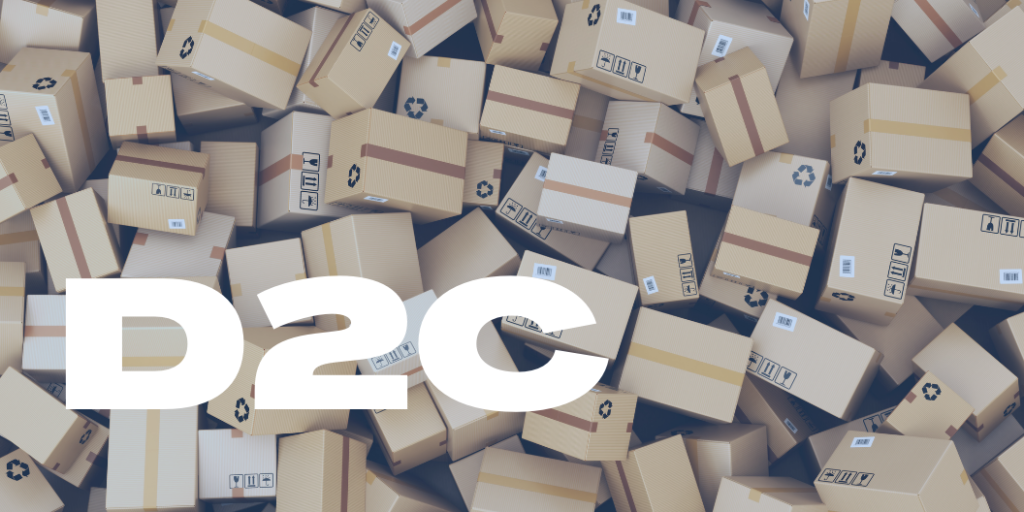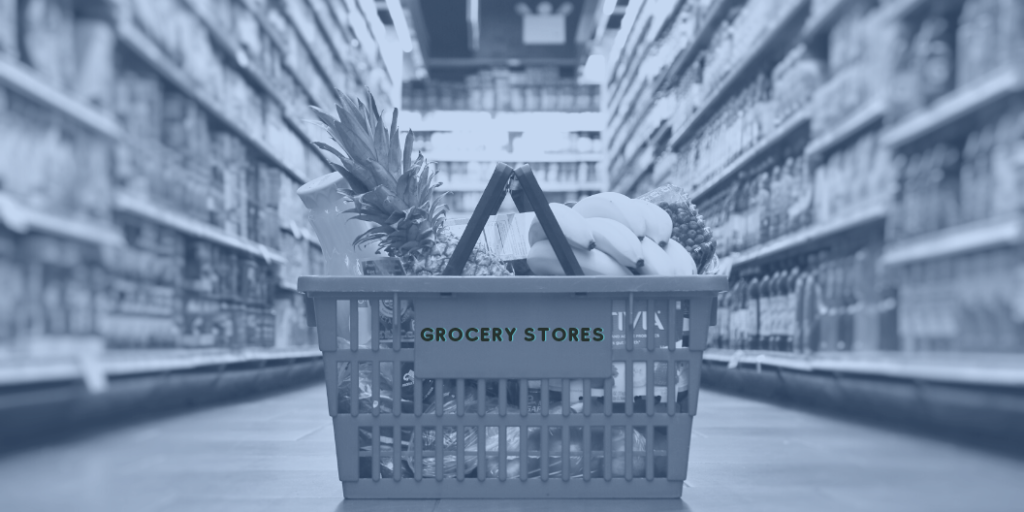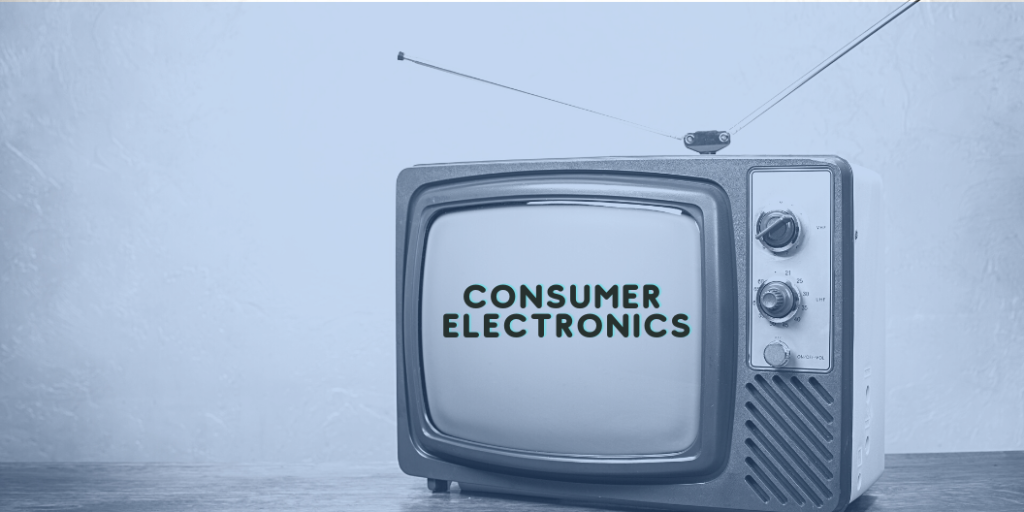Many brands today are turning towards Direct-to-Consumer (D2C) sales to increase their revenue and reach. With this shift towards selling more directly to the end customer, without going through other retailers, distributors, or wholesalers, they face a whole new set of challenges – and benefits.
Why go D2C?
There are several key reasons why brands are seeking to tap into the D2C market. Many CEOs view it as a strategic decision, as it’s a rising trend around the world. Shoppers’ habits and preferences have changed, especially after a year of COVID with so many people staying home and shopping online more.
Brands also recognize the value of D2C in creating a better relationship with the end customer. Without the middleman, brands can have direct contact with shoppers and gain more insights into their patterns and preferences. They no longer have to rely upon third parties for consumer data – they have it all inhouse. Not only that, but they have better control over the messaging and look & feel of how their products are being offered.
On a financial level, many brands view the D2C market as a valuable channel to increase profit. Until now, many may have relied only upon their retailer channel partners. Now, they’re recognizing D2C as a new channel to help them grow. Nike, for example, has seen its D2C sales grow to 35% of Nike brand revenues by the end of 2020.
Challenges & benefits of going D2C
As brands make the shift to D2C, they face a host of challenges as they enter a channel that may be unfamiliar to them. However, the challenges are worth it. Once a brand is able to overcome the difficulties, they see the benefits – and value, of this new channel.
One of the first things brands need to work out is how to increase traffic and sales for their D2C channel. If they don’t have a strong online presence, they need to build one from the ground up. If they are already well known and widely available online, they need to reach consumers in a way that helps them stand out from the crowd, both with the user experience and the assortment offered.
A major challenge faced by brands once they enter the D2C market is how to manage tight pricing limitations. When brands open a D2C channel, they find themselves in the unique position of being the partner and competitor of their retailers (authorized and not). This is an important balance they have to work out, as they can’t significantly underprice or overprice their items compared to their retailers. Once they adopt and use an optimized pricing software, they are poised for real growth through an additional growing channel.
On a practical level, as brands start to interact directly with consumers, they now gain access to a whole new category of consumer data. While this can be hugely beneficial, if a company is not set up to manage and analyze this data in a comprehensive detailed way, they’re missing out on valuable insights that can be derived from their own data – a potentially huge missed opportunity, with real implications for the bottom line.
Implications for brand awareness
Making the move to D2C can have a major impact on a brand, as well. Higher brand recognition can drive higher sales, which in turn support brand sales growth. The weaker the brand, the more challenging it is to generate traffic to their online store.
This is true for Nike, whose revenue has grown beyond its competitors, just as their D2C channel has grown. Other brands use the D2C channel to transform their business. Glossier, for example, started as a beauty blog and made the transition into a globally known brand by offering their products directly to consumers.
Making the successful transition
What do brands need for a successful transition into the D2C world?
On a business level, the brand needs a robust ecommerce website, a multi-region approach, and a sound pricing strategy that compliments their relationship with other retailer partners.
On an organizational level, brands are starting to realize they need a dedicated team to manage their D2C strategy. D2C is a channel and market that requires its own team of specialists that can help differentiate the brand in a crowded ecosystem, both for their D2C online store and for their products sold through retail partner channels.
Many brands today are turning towards Direct-to-Consumer (D2C) sales to increase their revenue and reach. With this shift towards selling more directly to the end customer, without going through other retailers, distributors, or wholesalers, they face a whole new set of challenges – and benefits.
Why go D2C?
There are several key reasons why brands are seeking to tap into the D2C market. Many CEOs view it as a strategic decision, as it’s a rising trend around the world. Shoppers’ habits and preferences have changed, especially after a year of COVID with so many people staying home and shopping online more.
Brands also recognize the value of D2C in creating a better relationship with the end customer. Without the middleman, brands can have direct contact with shoppers and gain more insights into their patterns and preferences. They no longer have to rely upon third parties for consumer data – they have it all inhouse. Not only that, but they have better control over the messaging and look & feel of how their products are being offered.
On a financial level, many brands view the D2C market as a valuable channel to increase profit. Until now, many may have relied only upon their retailer channel partners. Now, they’re recognizing D2C as a new channel to help them grow. Nike, for example, has seen its D2C sales grow to 35% of Nike brand revenues by the end of 2020.
Challenges & benefits of going D2C
As brands make the shift to D2C, they face a host of challenges as they enter a channel that may be unfamiliar to them. However, the challenges are worth it. Once a brand is able to overcome the difficulties, they see the benefits – and value, of this new channel.
One of the first things brands need to work out is how to increase traffic and sales for their D2C channel. If they don’t have a strong online presence, they need to build one from the ground up. If they are already well known and widely available online, they need to reach consumers in a way that helps them stand out from the crowd, both with the user experience and the assortment offered.
A major challenge faced by brands once they enter the D2C market is how to manage tight pricing limitations. When brands open a D2C channel, they find themselves in the unique position of being the partner and competitor of their retailers (authorized and not). This is an important balance they have to work out, as they can’t significantly underprice or overprice their items compared to their retailers. Once they adopt and use an optimized pricing software, they are poised for real growth through an additional growing channel.
On a practical level, as brands start to interact directly with consumers, they now gain access to a whole new category of consumer data. While this can be hugely beneficial, if a company is not set up to manage and analyze this data in a comprehensive detailed way, they’re missing out on valuable insights that can be derived from their own data – a potentially huge missed opportunity, with real implications for the bottom line.
Implications for brand awareness
Making the move to D2C can have a major impact on a brand, as well. Higher brand recognition can drive higher sales, which in turn support brand sales growth. The weaker the brand, the more challenging it is to generate traffic to their online store.
This is true for Nike, whose revenue has grown beyond its competitors, just as their D2C channel has grown. Other brands use the D2C channel to transform their business. Glossier, for example, started as a beauty blog and made the transition into a globally known brand by offering their products directly to consumers.
Making the successful transition
What do brands need for a successful transition into the D2C world?
On a business level, the brand needs a robust ecommerce website, a multi-region approach, and a sound pricing strategy that compliments their relationship with other retailer partners.
On an organizational level, brands are starting to realize they need a dedicated team to manage their D2C strategy. D2C is a channel and market that requires its own team of specialists that can help differentiate the brand in a crowded ecosystem, both for their D2C online store and for their products sold through retail partner channels.








